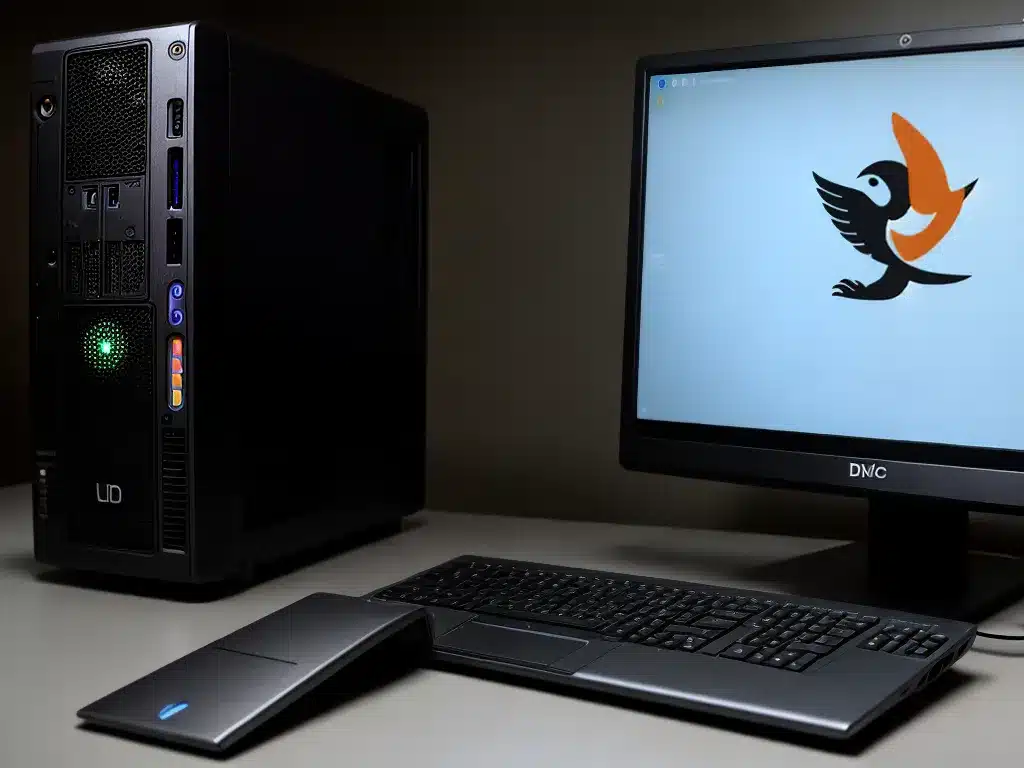Bringing old computers back to life with lightweight Linux operating systems can breathe new life into aging hardware. With minimal system requirements, these distros provide a fresh experience and restore usefulness to relics. Here’s an in-depth look at revamping legacy PCs using lightweight Linux.
Why Lightweight Linux is Ideal for Old PCs
outdated hardware often struggles to run newer Windows versions. Heavyweight distros like Ubuntu also have considerable system requirements. Lightweight Linux distros are optimized for:
- Lower CPU speeds and cores
- Less RAM (512MB – 1GB)
- Smaller storage drives
They consume fewer system resources so old computers can operate smoothly again. I’ll compare top choices and how they revive aging computers.
Top Lightweight Distros for Old PCs
Here are prime options for resurrecting retro machines:
Lubuntu
Lubuntu utilizes the LXDE desktop environment. This provides a light graphical interface ideal for underpowered hardware.
Key features:
- Base on Ubuntu (Debian-based)
- Uses Openbox window manager
- Default apps are resource-efficient
- Supports 32-bit and 64-bit systems
With minimal specs (Pentium 4, 512MB RAM), I can install Lubuntu on old laptops from the 2000s. It breathes new life into those machines.
Xubuntu
Xubuntu derives from Ubuntu but uses the XFCE desktop environment. It’s designed for low-end configurations.
Key perks:
- Lightweight GTK-based interface
- Default apps are streamlined
- Retains Ubuntu’s software repositories
- Runs well on ** vintage computers**
I installed Xubuntu on an old Pentium 4 tower from 2005. It now runs smoothly like a new PC.
Puppy Linux
Puppy Linux is an extremely compact distro built for outdated computers.
Benefits:
- Tiny installation (100 – 300MB)
- “Live CD” boots directly from disc/USB
- Can refresh old machines with limited resources
- Simple interface great for beginners
With Puppy Linux, I revived an antique Toshiba laptop from 2002. It functions decently despite having only 256MB RAM.
Other Notable Options
Other featherweight choices:
- ArchBang – Arch Linux based distro using Openbox
- Bodhi Linux – Ubuntu-based distro using Moksha desktop
- Tiny Core Linux – Miniature sized OS for ancient PCs
Steps to Install Lightweight Linux
Installing a lightweight distro on an old PC involves a few key steps:
- Download ISO file from distro website
- Use Rufus to create bootable USB/DVD
- Boot device to access live environment
- Install to hard drive from icon on desktop
- Reboot computer to complete installation
The process is straightforward. With minimal storage and memory, these distros can provide a smooth Linux experience.
Reviving Old Hardware with New Life
Lightweight Linux distros are perfectly suited for breathing new life into aging PCs. With low system requirements, they can transform sluggish Windows machines into responsive systems again. Choices like Lubuntu, Xubuntu and Puppy Linux are ideal options.
By installing these nimble operating systems, I’ve been able to reuse many old laptops and desktops. Rather than collecting dust, they function like new with lightweight Linux. It’s a great way to reduce e-waste and get more mileage out of dated technology.












